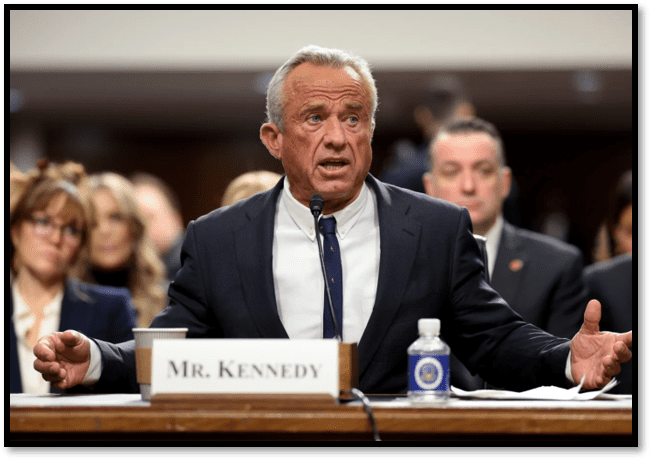Prisons are meant to serve as both punishment and rehabilitation. However, some European prisons have gained notoriety for their brutal conditions, overcrowding, and infamous inmates. Here are the ten worst prisons in Europe and some of their most well-known prisoners.
1. Black Dolphin Prison (Russia)
Location: Sol-Iletsk, Russia
Notable Inmate: Anatoly Onoprienko (serial killer)
Black Dolphin Prison is considered one of the harshest high-security prisons in the world. Russia’s most dangerous criminals are locked up here, often in total isolation. Inmates must walk blindfolded outside their cells and are under constant surveillance.
2. Fleury-Mérogis Prison (France)
Location: Paris, France
Notable Inmate: Salah Abdeslam (Paris attack terrorist)
Fleury-Mérogis is Europe’s largest prison and is notorious for its inhumane conditions. Overcrowding, violence among inmates, and corruption are widespread. Salah Abdeslam, one of the masterminds behind the 2015 Paris terrorist attacks, serves his sentence here.
3. Belmarsh Prison (United Kingdom)
Location: London, England
Notable Inmates: Julian Assange (WikiLeaks founder), Abu Hamza (radical preacher)
Often referred to as “Britain’s Guantanamo,” Belmarsh is a high-security prison that houses some of the most dangerous criminals and terrorists. Prisoners often spend 23 hours a day in solitary confinement under extreme security measures.
4. La Santé Prison (France)
Location: Paris, France
Notable Inmates: Carlos “the Jackal” (terrorist), Manuel Noriega (Panamanian dictator)
La Santé Prison has a dark history of harsh conditions, high suicide rates, and violence. Carlos “the Jackal,” one of the world’s most feared terrorists, was imprisoned here.
5. Korydallos Prison (Greece)
Location: Athens, Greece
Notable Inmates: Members of the “17 November” terrorist group
Known for extreme violence among inmates, poor hygiene, and overcrowding, Korydallos is one of the most feared prisons in Greece. Many political prisoners and terrorists have been incarcerated here.
6. Montelupo Prison (Italy)
Location: Tuscany, Italy
Notable Inmates: Members of the Cosa Nostra mafia
Montelupo is infamous for its brutal conditions and its high-profile mafia inmates. Many members of the Cosa Nostra are kept in strict isolation, under Italy’s harsh anti-mafia laws.
7. ADX Florence (Spain)
Location: Madrid, Spain
Notable Inmates: ETA members
This Spanish high-security prison is designed to house dangerous criminals, including former members of the Basque separatist terrorist group ETA. The extreme security measures make it one of Spain’s toughest prisons.
8. Chisinau Prison (Moldova)
Location: Chisinau, Moldova
Notable Inmates: Corrupt politicians and criminals
Chisinau Prison is known for its horrific conditions, including torture, overcrowding, and severe hygiene problems. It is one of the worst detention facilities in Eastern Europe.
9. Gldani Prison (Georgia)
Location: Tbilisi, Georgia
Notable Inmates: Political prisoners, mafia members
Gldani Prison gained worldwide attention after videos of torture and abuse by prison guards were leaked. Protests and reform attempts followed, but conditions remain dire.
10. Muret-Seysses Prison (France)
Location: Toulouse, France
Notable Inmates: Various violent criminals
Muret-Seysses is notorious for extreme violence among inmates and poor living conditions. Many serious offenders, including drug traffickers and murderers, serve long sentences here.
These prisons demonstrate that detention conditions in Europe vary widely. While some are notorious for their brutal environments, others serve as high-security facilities for the world’s most dangerous criminals.













